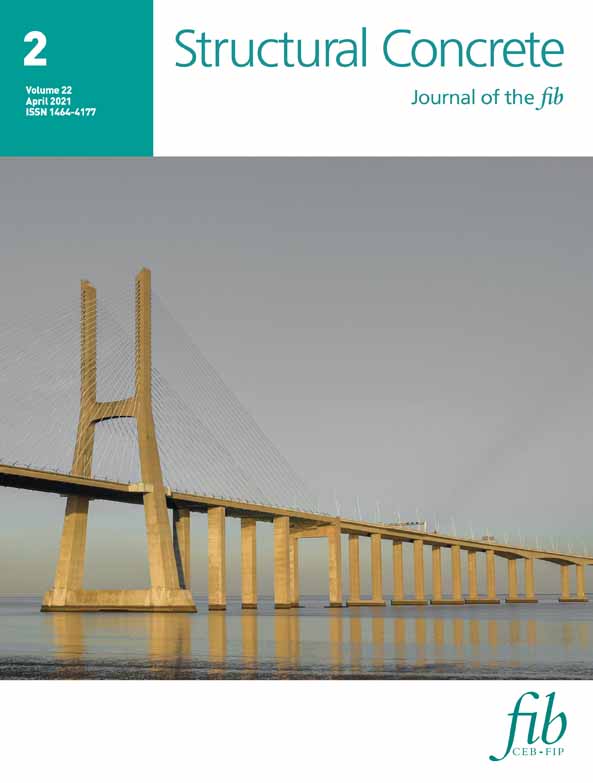Finite element analysis of interior slab-column connections strengthened by steel angle plates
Funding information: Fundamental Research Grant Scheme, Malaysia, Grant/Award Number: FRGS/1/2019/TK01/UKM/02/1
Abstract
This paper is concerned with the finite element modeling of strengthened interior slab-column connections in the existing continuous flat slab structural system by employing steel angle plates at the slab-column junctions and fastened by shear bolts. This technique utilizes the advantage of combined action between the angle plates and bolts in resisting shear particularly at the slab-column edges. Three-dimensional analysis was carried out on such slabs employing concrete damaged plasticity model in ABAQUS to investigate their performance in terms of punching shear resistance, load–displacement response, and crack pattern at failure. The numerical models were first validated against the experimental results reported by other researchers. The proposed strengthening technique results in a substantial increase of load-carrying capacity ranging from about 59 to 79% compared to the unstrengthened slab, and has also provided better stiffness, ductility and energy absorption in the slab system that change the mode of failure from a pure punching shear to flexural failure. The finite element results are compared with the calculated values according to provisions in the current design codes for evaluation purposes. A simple but reliable approach which is based on yield line theory to estimate the flexural capacity of the strengthened slabs is also outlined in this paper.




